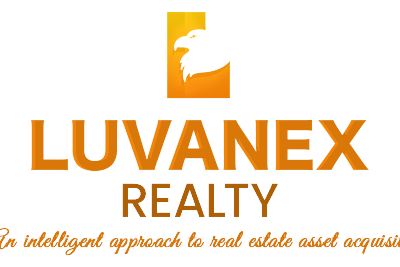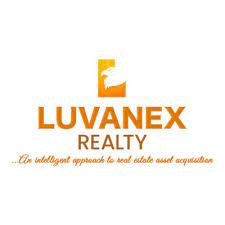The return and capital growth are the two most significant aspects to consider when buying property abroad. This is true for both buy-to-rent and dry sales transactions.
To put it another way, when dealing with real estate professionals like Luvanex Realty, it’s critical to know what the real estate ROI, or return on investment, will be from the start.
However, after the relevant data regarding the characteristics of the property to be taken over and the conditions under which the transaction will take place (apartment building, property rental, property flipping) has been gathered, the ROI can be computed independently.
This gives the investor a better understanding of the investment even before it is made.
This element can be examined in depth during the consultation phases with our team, but some guidelines should be drawn in the following lines.
Read also: IS THE UNITED STATES A POPULAR PLACE TO INVEST IN REAL ESTATE?
GROSS AND NET PROPERTY RETURNS
The yield on a property is the economic portion of the return that the person who financed the property’s acquisition is entitled to, which can be either rent or a capital gain (the positive difference between purchase and resale) after the property is sold.
Depending on the characteristics we choose to include in the computation, this yield could be net or gross.
The gross yield, for example, is the percentage obtained by dividing the property’s purchase price by the annual rent.
However, in this situation, we ignore the ancillary charges, which are separate from the cost of owning the house and are included in the net yield.
In essence, the net return is the same percentage derived by comparing the purchase price and annual rent, but also taking into account expenses such as upkeep, interest rates (if a mortgage is used), legal and bureaucratic fees, and so on.
CALCULATION OF RETURN ON INVESTMENT
A real estate transaction’s return on investment is computed on the basis of the net return, which includes all additional real estate-related charges that the investor will have to pay to complete the deal.
This allows for the calculation of a figure that is as accurate and “clean” as feasible, i.e., near to the genuine margin generated from a successful real estate business.
The annual earnings of a property must be divided by the acquisition price of the property to determine the ROI.
As previously stated, the annual profit is calculated by subtracting the annual rent from all expenses.
The purchase of a house without a mortgage and subsequent revenue production is a practical example.
Assume that we purchase a home for $200,000 with a $20,000 annual rent. We deduct $5,000 in annual expenses such as regular maintenance and taxes from this sum. The annual profit would be $15,000 in this case.
Read also: WHY YOU SHOULD INVEST IN REAL ESTATE NOW
ROI equals annual profit divided by purchase price, so $15,000 divided by $200,000 equals 7.5 per cent.
Annual expenses will be higher in the case of a mortgage purchase because they will include instalments, but the net investment will be lower, so the ROI percentage might possibly be higher.
In the case of a buy for resale, the return on investment is also the same.
In this scenario, it is obvious that the following parameters must be calculated:
- Purchase price
- Restructuring expenses
- Incidental expenses
- Resale price
The difference between the initial capital invested and the capital gain on resale, net of all expenses incurred in funding the business, will be the capital gain.
DO YOU HAVE ANY QUESTIONS?
NOW IS THE TIME TO TAKE ADVANTAGE OF OUR FREE CONSULTATION!






